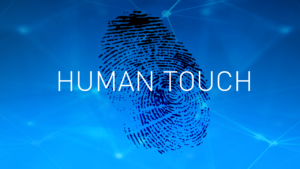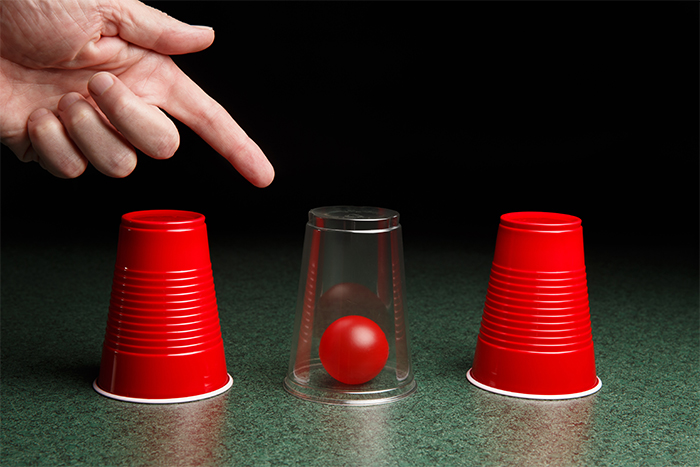 The effect a MGO has on a donor is enormous, when the donor moves from direct mail communications only to being cared for by a live, warm, caring human being. This effect is one of the least appreciated and valued economic realities of major gifts.
The effect a MGO has on a donor is enormous, when the donor moves from direct mail communications only to being cared for by a live, warm, caring human being. This effect is one of the least appreciated and valued economic realities of major gifts.
Most people think there is nothing to it – that all you are doing is simply giving the donor a higher level of touch. It is just a switch in strategy.
Actually, it is far more powerful than that.
First, the proof.
Most every current donor file that Jeff and I see, along with our colleagues, has a value attrition rate of between 40 to 60%. Let’s average it at 50% so the math is easy.
So, if there are 1,000 current donors on your file giving $1,000 dollars last year, this means that this group of donors gave $1 million dollars last year. This year, because of a 50% value attrition, this same group of donors will give $500,000 – a loss of half a million dollars!
I’m not making this up. This is what is happening in the majority of current donor files of non-profits here in the United States, Canada, Europe, Mexico and Australia – and likely in many other countries as well.
Every time we do the analysis and show this reality to the authority figure, they almost lose their breath in disbelief. “We are actually losing that much money from our current donors?” Yes, you are.
Now, here is the magic and value of human touch. When these same donors are qualified for a caseload and managed by a MGO – a real live human being – that value attrition level drops to between 6-12%. Let’s average it to 10% so the math is easy.
So here are 150 donors, qualified out of the 1,000-donor pool mentioned above. Because the MGO selected the highest-value donors for qualification from that pool, let’s say their average gift is $3,000. This means the records would show that this smaller group of donors together gave $450,000 last year.
Now, you might be saying: “OK, Richard, you selected the best donors, so their value attrition will not be the same as the value attrition of the larger file (the pool).”
Not true.
If you were to go to the larger pool and isolate the donors with $3,000+ cumulative giving, you would find the same value attrition. We’ve seen it move a couple of points either direction – especially the larger givers who get more attention from the organization – but even their attrition is not much lower. In general, value attrition is no respecter of the donors’ level of giving.
Just because donors give more doesn’t mean they attrition less. They experience the same abuse that the smaller donors do, and they have the same reaction – they either go away or give less.
Back to our new caseload of 150 donors who gave $450,000 last year. Once the MGO is fully functional and is serving and touching these donors regularly, their value attrition will drop to somewhere between 6-12%. (We said 10% for easy math.) That means, taking out any large outlier gifts, this group will give $405,000, 10% less than they did last year.
Here is the positive effect of human touch on these donors. Left in their direct mail pool, these donors would have likely given $225,000 – or 50% less than they did last year. Now they give $405,000, or 10% less. The “found” money (the difference between the two results) is $180,000!!
Now, this number will move a little in one direction or the other based on the individual situation. But there is no doubt that you will experience “found” money – giving that otherwise would not have happened, had the MGO not been relating to the donor.
Here’s why this is true:
- The personal attention to the donor shows a level of caring and service that the donor has not experienced before.
- This caring and service, done correctly, helps the donor express their own passions and interests in a fuller way.
- This fuller expression causes great joy and satisfaction in the donor, which, in turn…
- Causes increased giving.
It’s about that simple.
As you ponder all of what I have written here, set your mind to double down on the service and attention you give to your caseload donors this week. It will not only honor the donors, it will actually increase their giving.
Richard
PS — For help planning and creating regular “touches” with your major donors, you should consider our Major Gift Academy short, on-demand course “Touch Points: Connecting with Donors between Asks.”







Thanks for the clear description of what is largely misunderstood by many.